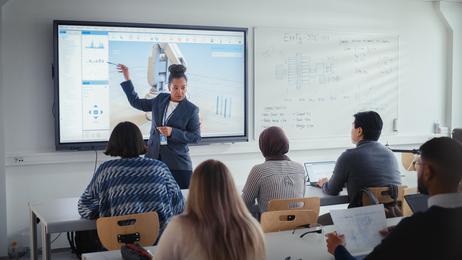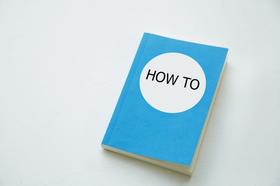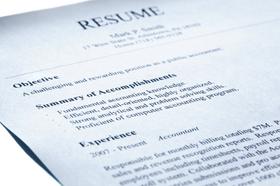Have you ever wondered how a private school got its start? When and why was it founded? Who founded it? As I researched this article, which is a companion article to several I have written for Boarding School Review about boarding schools, I found a common thread. The founders of all these schools sought to provide a balanced, comprehensive, excellent education for their students.
Allen-Stevenson School, New York, New York
- Founded in 1883
- 200 students
- Grades K-8
- Boys
- Non-denominational
- Urban setting
The Allen-Stevenson School in New York City was founded in 1883 by Francis Bellows Allen at a home on Fifth Avenue and 57th Street. It started with only three boys enrolled in its first class. In 1885, the school moved to rented rooms at Madison Avenue and 44th Street with an enrollment of 20 boys. In 1904, Allen met Robert Alston Stevenson, a tutor, and they joined forces, moving the school to 50 East 57th Street with 100 students.[5] By 1918, enrollment exceeded 200 students. In 1924, the school purchased two brownstones and moved to its present location at 132 East 78th Street on the Upper East Side. Allen retired in 1939 at age 80 after 56 years of service, while Stevenson retired in 1947 after 43 years, with his son Robert "Huck" Alston Stevenson Jr. succeeding him as Headmaster. Over the years, the school has expanded its facilities, introduced new academic and extracurricular programs, and celebrated significant milestones like its


















-8okvj5w8m60w0ws40oocok84w-280.jpg)





